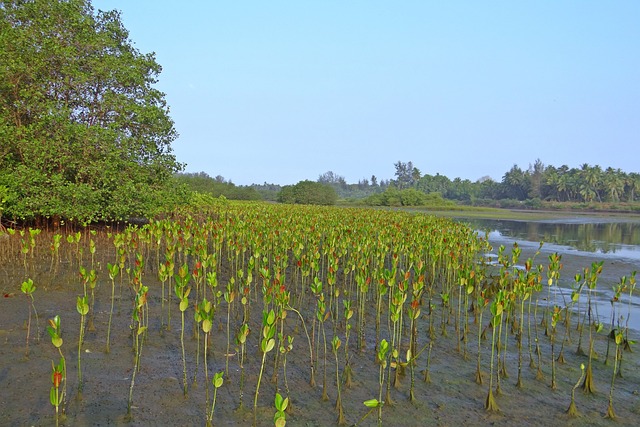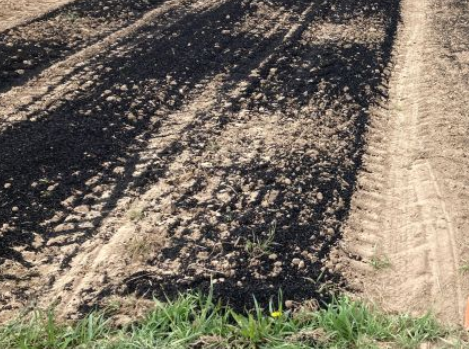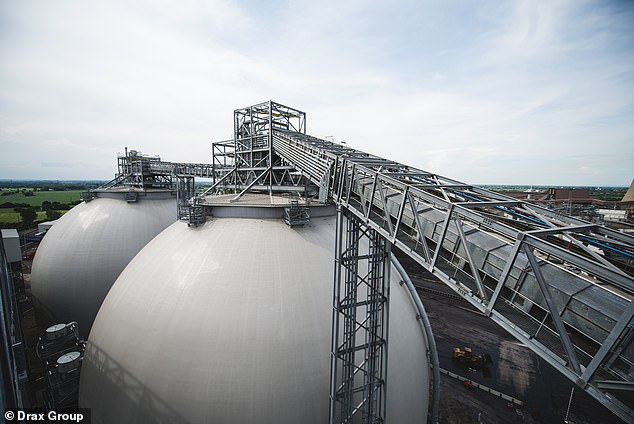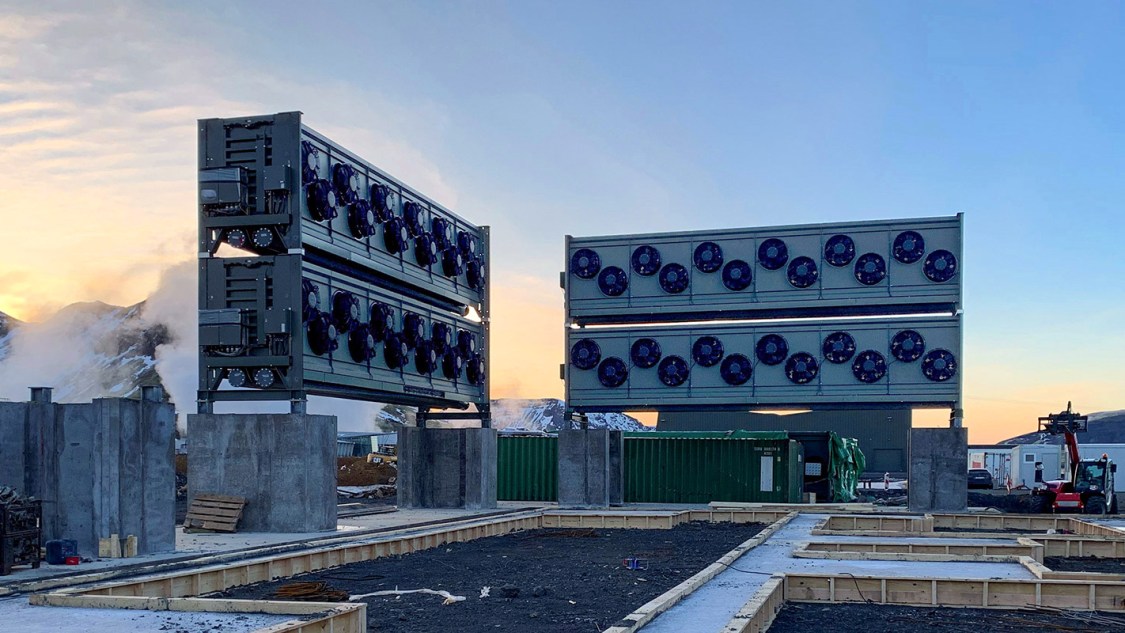Carbon Removal
In addressing the urgent challenge of climate change, it's increasingly clear that we're on a trajectory to surpass the 1.5 degree C global warming target set by the Paris Agreement well before 2050. Even in the pursuit of a "Net Zero" world, it's imperative to acknowledge that ongoing efforts will need to extend beyond emissions reduction, necessitating the removal of CO2 and other greenhouse gases from the atmosphere.
Carbon removal technologies and projects are being developed now and will require scaling up significantly over the next 20 years if we are to meet the global Net Zero target.
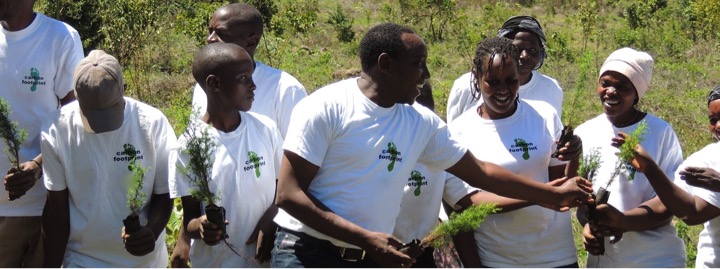
Carbon Removal vs Carbon Reduction / Avoidance
As we navigate the complex landscape of climate solutions, carbon removal technologies and projects are emerging as pivotal players in our quest for a sustainable future. The critical distinction between carbon removal and carbon reduction/avoidance lies in their approaches; while both are indispensable for achieving climate targets, carbon reduction is currently a more accessible and cost-effective strategy.
For every tonne of CO2 that we can avoid putting into the atmosphere - there is one less tonne of CO2 that will need removing.
It's crucial to recognise that carbon removal technologies are still in their early stages of development, presenting challenges related to cost and scalability. As of now to 2030, our primary focus should rightfully be on the proven and well-understood methods of carbon reduction and avoidance. However, this emphasis must be balanced with parallel efforts to invest in and accelerate the development of carbon removal technologies and projects. The next two decades are pivotal for scaling up these nascent initiatives to meet the ambitious global Net Zero target.
What is Your Carbon Footprint? Business or Personal – Measure it Now
Different types of Carbon Removal Projects
Currently, there are several types of projects being developed for removing carbon dioxide from the atmosphere these include:
- Afforestation and Reforestation
- Grassland restoration
- Blue Carbon
- Enhanced weathering
- Biochar
- BECCS (Biomass Energy Carbon Capture and Storage)
- CCS (Carbon Capture and Storage)
- DAC (Direct Air Capture and Storage)
Each of these technologies has its own set of advantages and challenges, and the effectiveness of a particular approach may depend on local conditions, scalability, and overall sustainability considerations.
Afforestation and Reforestation
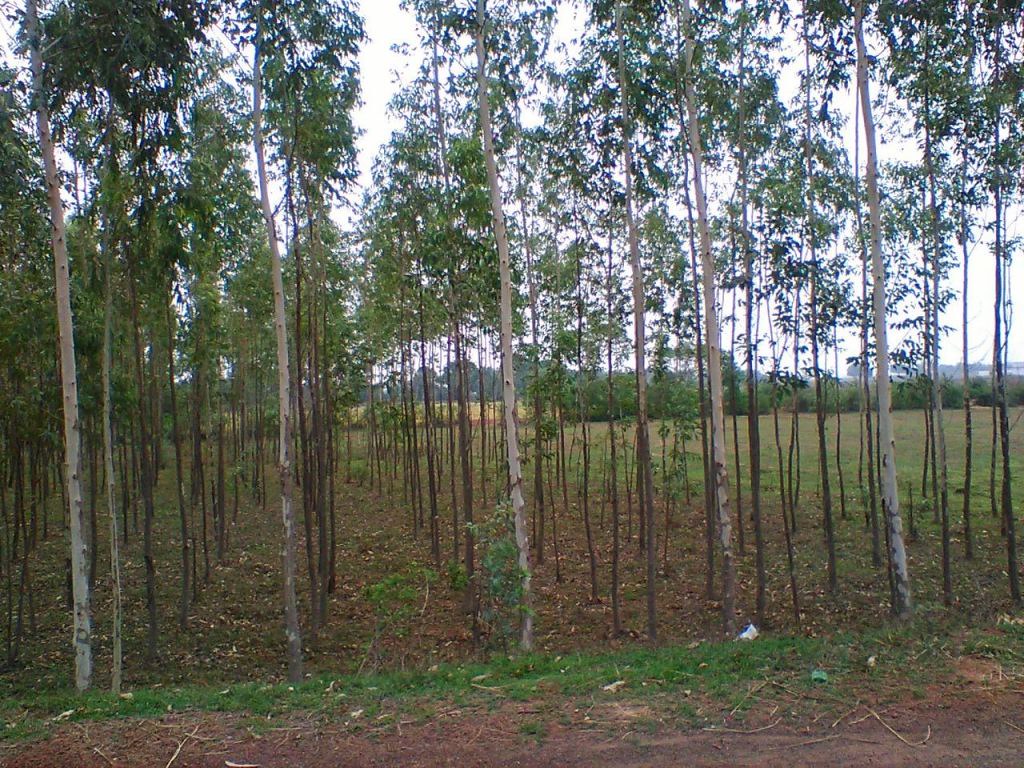
This involves planting new trees (afforestation) or restoring existing forests (reforestation) to absorb CO2 from the atmosphere through photosynthesis.
+ Cost-effective, provides additional ecosystem benefits, and can be implemented on a large scale.
- Takes time to see significant carbon sequestration, may face challenges such as land availability and competition with other land uses. May face issues such as long-term permanence of the carbon storage (e.g. risks of forest fires and later deforestation).
Grassland Restoration

This is similar to afforestation and reforestation, but focuses on restoring degraded grasslands, which can sequester carbon in the soil.
+ Enhances soil carbon storage, promotes biodiversity, and can be implemented in areas not suitable for trees.
- Limited in the amount of carbon it can sequester compared to forests, effectiveness may vary based on local conditions.
Blue Carbon (Coastal/Marine)
Blue Carbon refers to the carbon captured and stored by coastal and marine ecosystems, particularly mangroves, seagrasses, and salt marshes. These ecosystems sequester carbon dioxide from the atmosphere and store it in the form of biomass and in sediments beneath the water.
+ Coastal and marine ecosystems are highly efficient carbon sinks, with the potential for long-term carbon storage. They also provide additional ecosystem services such as habitat for marine life, storm protection, and water filtration.
- Vulnerable to environmental degradation and loss, often due to human activities such as urban development, aquaculture, and pollution. Restoration efforts can be challenging and may require addressing multiple stressors simultaneously. Additionally, the quantification of carbon sequestration in these ecosystems can be complex.
Enhanced Weathering

Involves the acceleration of natural weathering processes, such as the reaction of minerals with CO2, to remove carbon from the atmosphere. Typically involved spreading crushed Basalt (volcanic rock), on to large areas of land (e.g. farm land)
+ Permanent storage, potentially scalable, and can have positive impacts on soil fertility.
- Requires large quantities of minerals, energy-intensive, potential environmental impacts, and uncertain long-term effectiveness.
Biochar
Biomass is heated in a low-oxygen environment to produce biochar, a stable form of carbon that can be added to soils for long-term carbon sequestration. Similar to the techniques used for enhanced weathering, the Biochar is typically spread over fields (e.g. farm land).
+ Enhances soil fertility, can be produced from organic waste, and provides a stable form of carbon sequestration.
- Energy-intensive production process, limited carbon sequestration compared to some other methods, and potential competition with food production for biomass.
CCS (Carbon Capture and Storage)
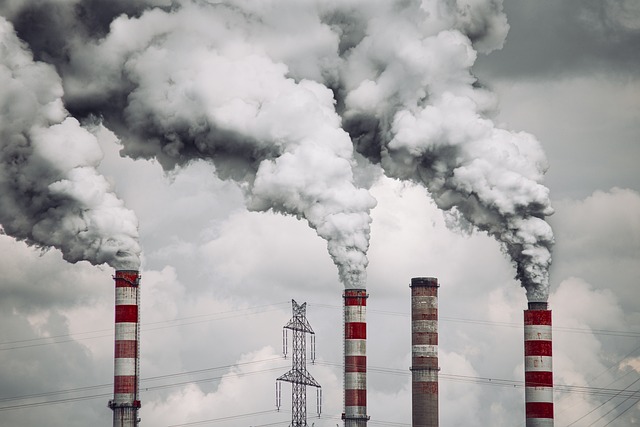
Involves capturing carbon dioxide emissions from industrial sources, such as power plants, and storing them underground to prevent their release back into the atmosphere.
+ Can be applied to existing infrastructure, reduces emissions from industrial processes, and supports the transition to low-carbon technologies.
- Energy-intensive, potential leakage of stored CO2, and limited by suitable storage sites.
BECCS (Biomass Energy Carbon Capture and Storage)
(image courtesy of Drax Group)
Biomass is used to generate energy and the resulting carbon emissions are captured and stored (using CCS techniques), preventing carbon emissions from re-entering the atmosphere.
+ Combines energy production with carbon capture, can use existing infrastructure, and potentially achieves negative emissions.
- Requires large land areas for biomass cultivation, competition with food production, and concerns about sustainability and environmental impacts.
DAC (Direct Air Capture and Storage)
(image courtesy of Climeworks)
Involves the use of machines / specialist factories to directly capture CO2 from the air, which is then stored or utilized.
+ Can be located anywhere, not limited by source emissions, and provides a direct way to remove CO2 from the atmosphere. Can work well in areas where there is an excess of low-zero carbon energy (e.g. Geothermal)
- Energy-intensive, high costs, and currently at a relatively small scale with limited deployment. Even when renewable energy is used, there is a view that this low/zero carbon energy could have been used better to power energy intensive processes and reduce more CO2 entering the atmosphere than can be removed through DAC.
Contact us to start supporting Carbon Removal Projects as part of your carbon offsetting

